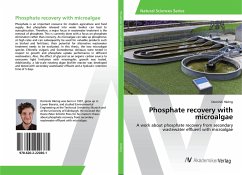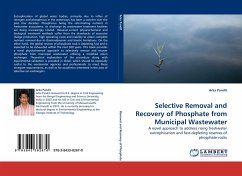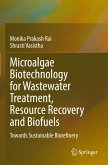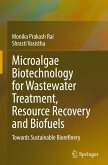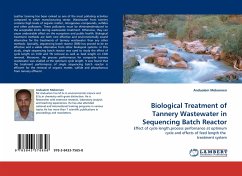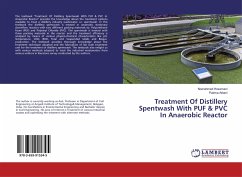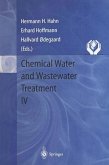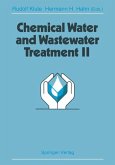Phosphate is an important resource for modern agriculture and food supply. But phosphate released into water bodies can lead to eutrophication. Therefore, a major focus in wastewater treatment is the removal of phosphate. This is currently done with a focus on phosphate elimination rather than recovery. As microalgae can take up phosphorus at high rates and can subsequently be used for valuable products such as biofuel and fertilisers, their potential for alternative wastewater treatment needs to be evaluated. In this thesis, the two microalgae species Chlorella vulgaris and Scenedesmus obliquus were tested in respect to growth and phosphate uptake performance in different wastewaters. Also, the effect of glycerol as an organic carbon source to overcome light limitation with mixotrophic growth was tested. Additionally, a lab-scale rotating algae biofilm reactor was developed and tested with secondary wastewater effluent and a hydraulic retention time of 5 days.
Bitte wählen Sie Ihr Anliegen aus.
Rechnungen
Retourenschein anfordern
Bestellstatus
Storno

